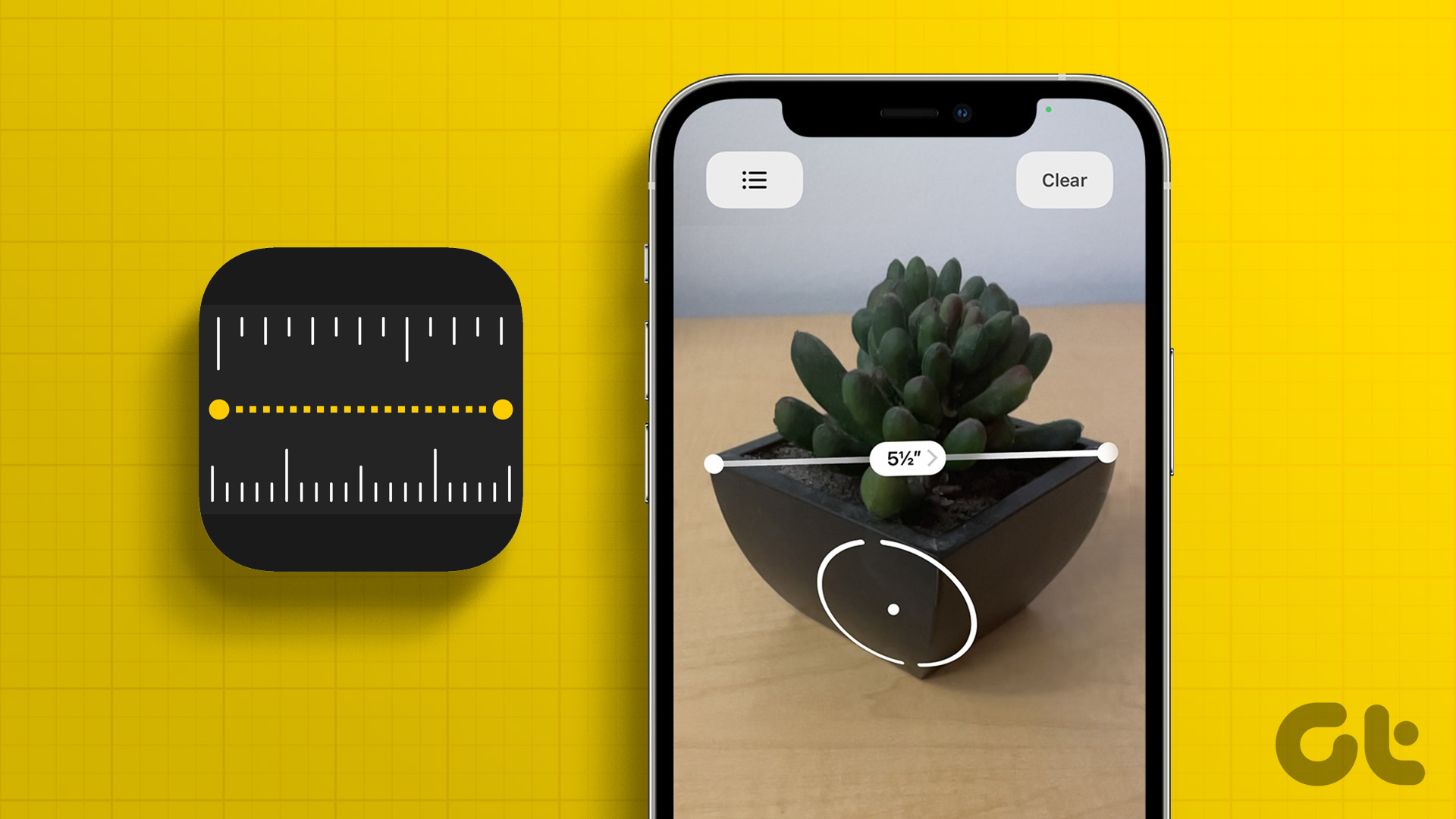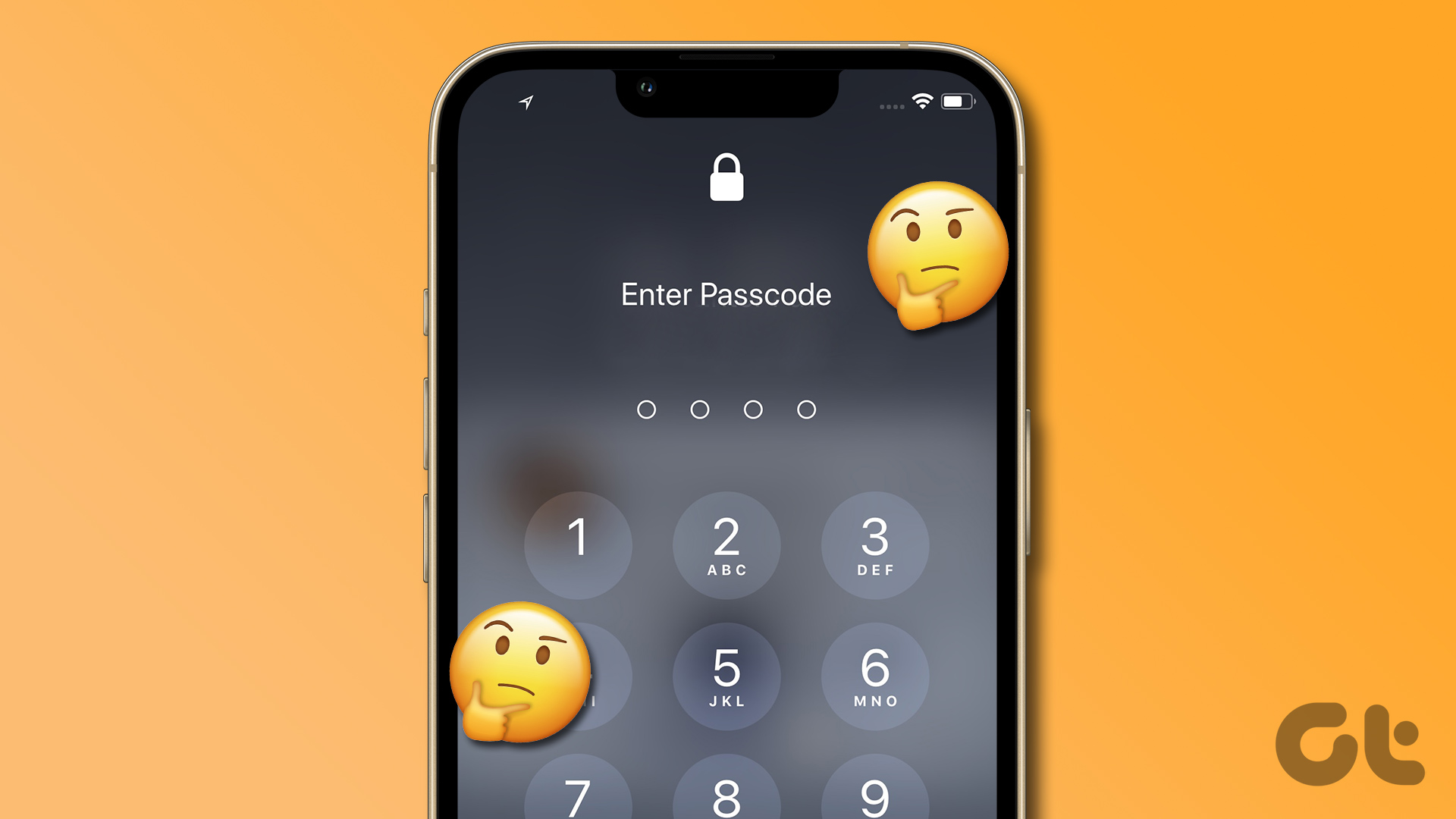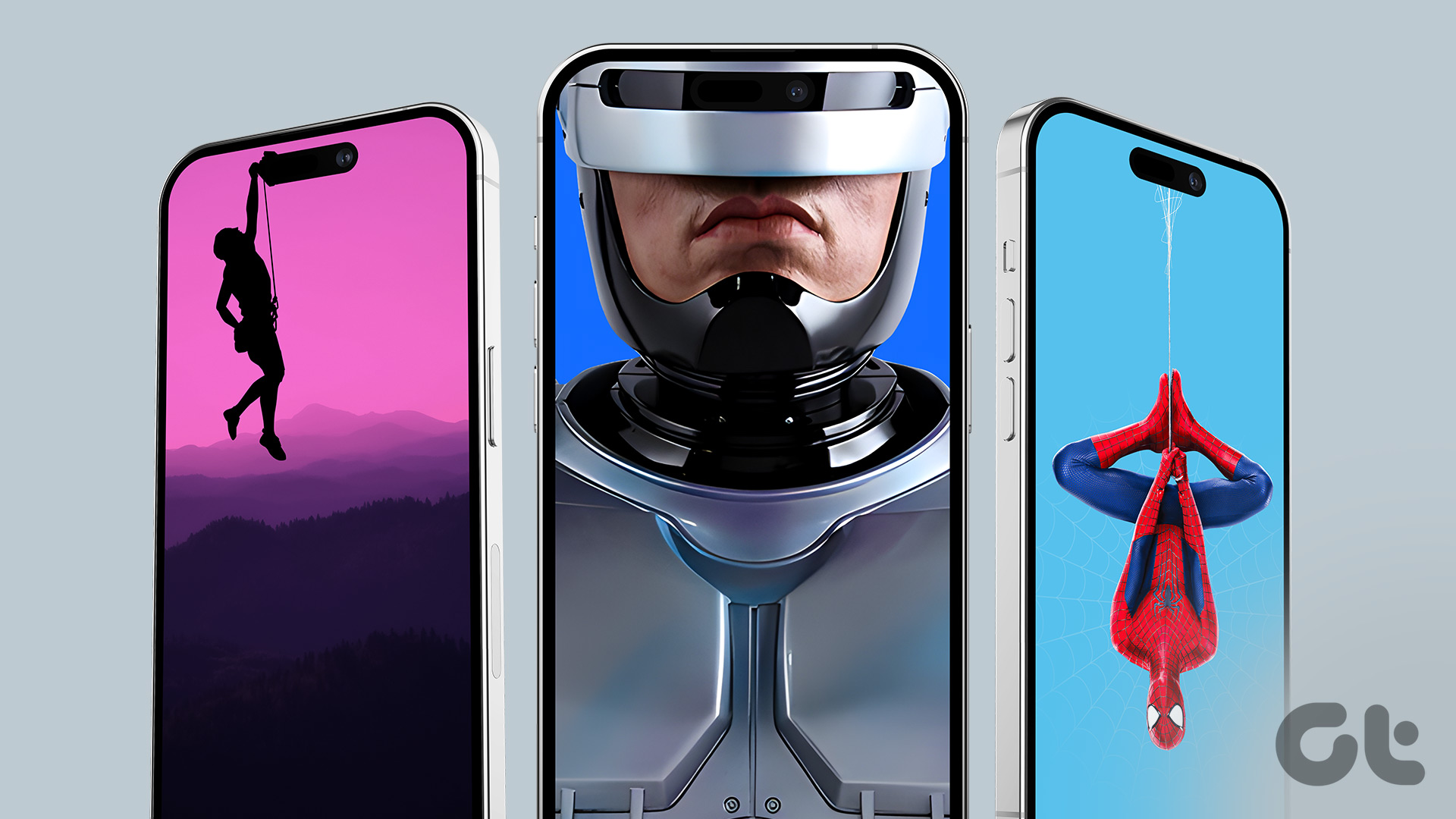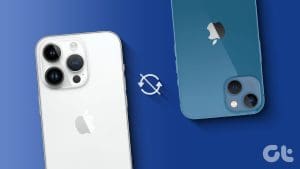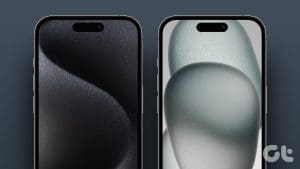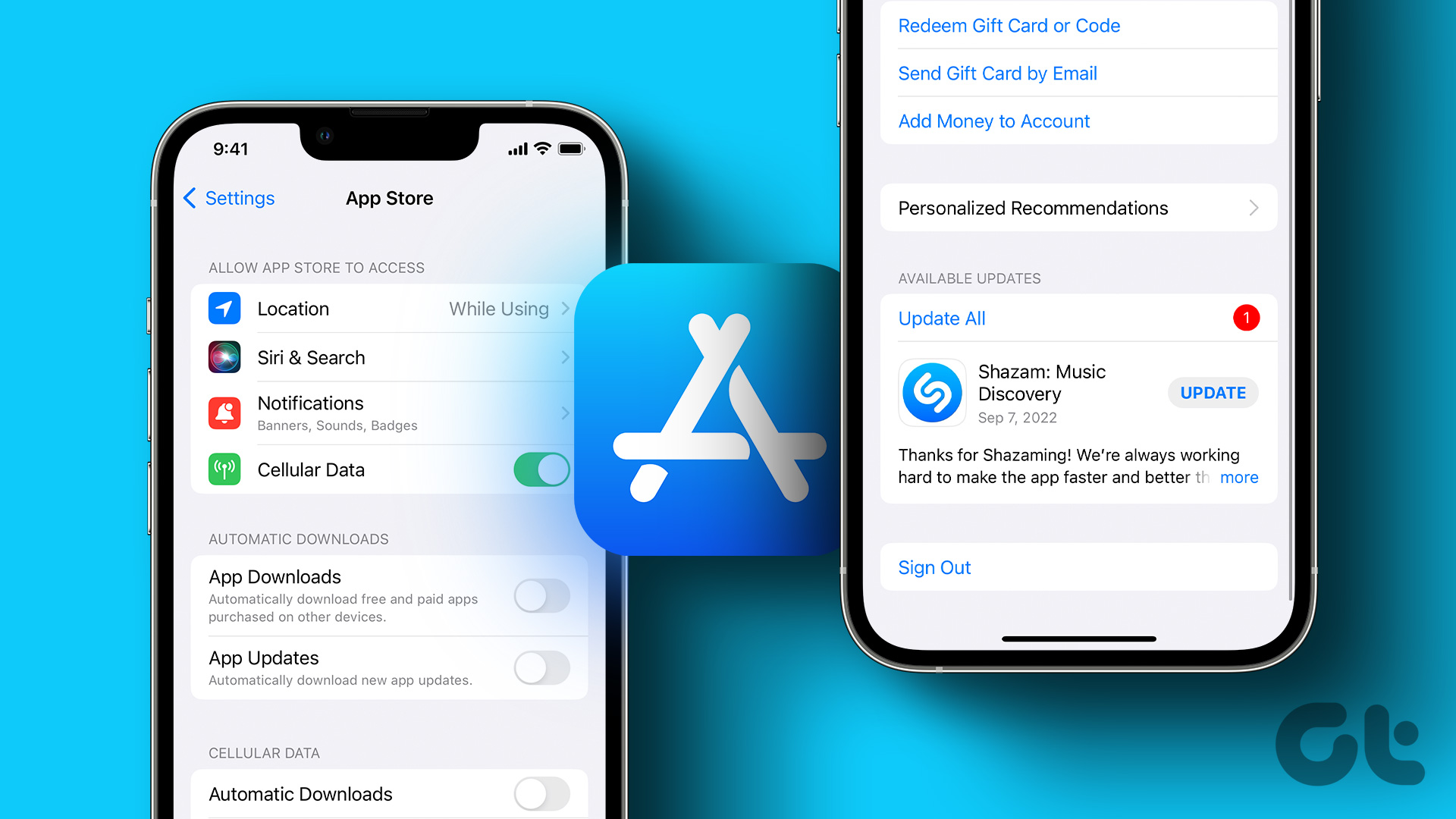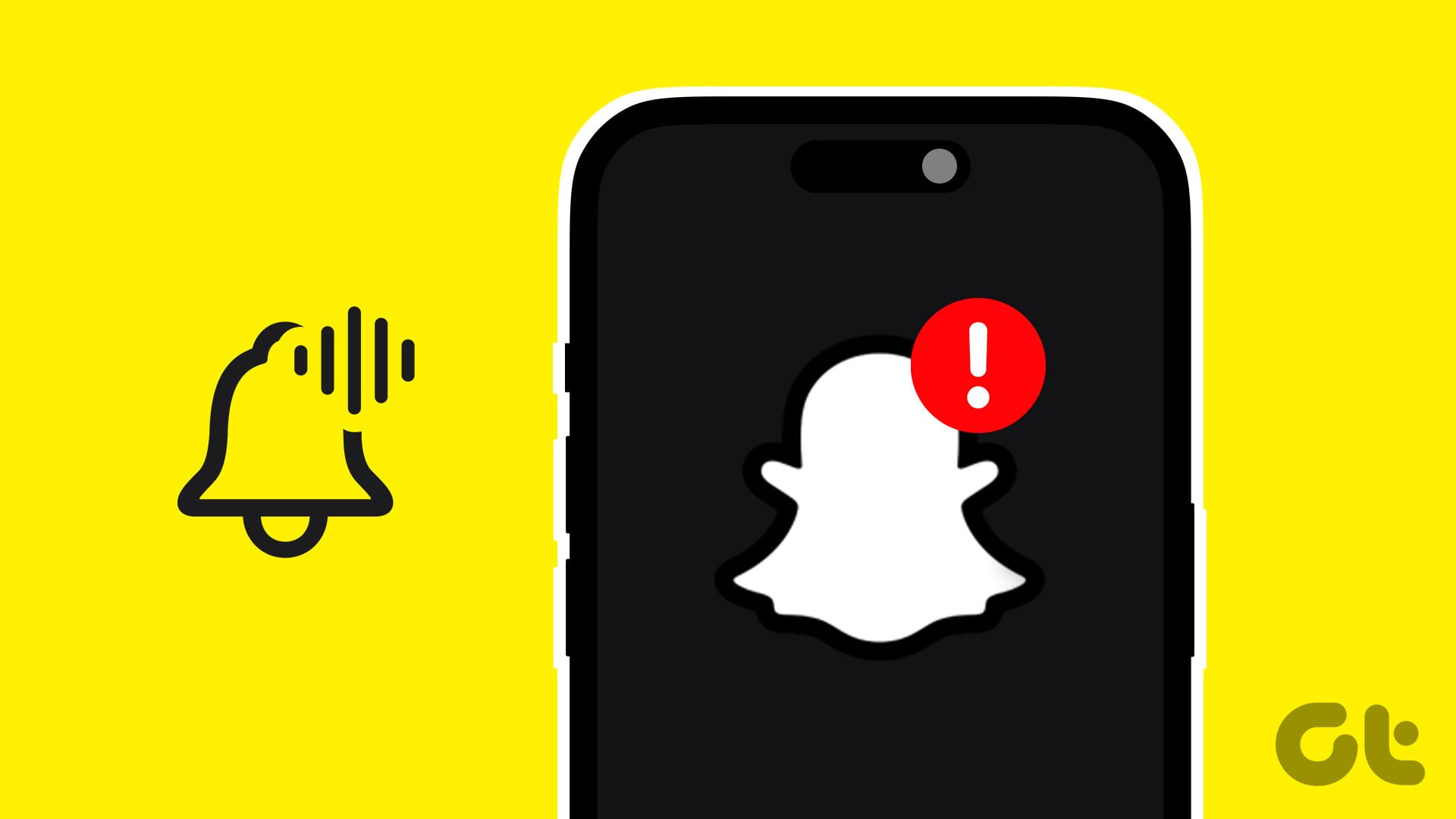Ever wondered how loud the music playing in your headphones or your ambiance is? Loud noises aren’t safe for our ears for too long. But how do you know if the noise is too loud to impact your hearing health? Worry not; read along as we share how to measure decibels on iPhone to check the noise level around you.

Being aware of the noise level can help if you are trying to create a quiet environment to study, work, or shoot a video. Besides, anything beyond 120 dB can instantly damage your ears. Fortunately, your iPhone can measure the noise levels without fancy equipment. Let’s dive in and learn how.
Use a Third-Party App to Measure the Ambient Noise Level
Instead of getting exposed to unregulated noise, measure the decibel level of your ambiance on your iPhone. Your iPhone doesn’t have an app to measure external noise levels; hence, you can get help from a third-party app on the App Store. Here’s how to do it.
Tip: In general, exposure to any sound that measures 70 dB or more for a prolonged period can potentially harm your ears. Hence, while trying to measure noise levels, you should avoid such ambiance with loud noises.
Step 1: Open the App Store, go to the search tab, and tap the Search bar.
Step 2: Search for ‘decibel meter’ and tap Get to download the app from the results.
Alternatively, download the app using the below App Store link and skip to step 4.

Step 3: Double-click the side button of your iPhone to install the app.
Step 4: Once the app is installed, tap Open.

Step 5: Tap Start.
Step 6: Since the app has been newly installed on your iPhone, give the mic permissions. Tap Allow.

Step 7: Once you’re done measuring the noise levels, tap Reset. And that’s it.

Measure Headphone Decibel Level on iPhone
Like external noise levels, listening to loud music on your iPhone via wired or wireless headphones can also damage your ears. Fortunately, your iPhone has a hearing tool that lets you check/measure the decibel level on your iPhone from the Control Center while listening via headphones (wired or wireless). Here’s how to enable and access it.
1. For AirPods
If you are trying to measure the noise levels of the audio through your AirPods, follow these steps.
Step 1: Launch the Settings on your iPhone and tap Control Center.
Step 2: Tap and add the Hearing control to the Control Center of your iPhone.

Step 3: Tap the back (>) button at the top left to go back.
Now, connect your AirPods to your iPhone, play any music, and follow along.
Step 4: Go to the home screen of your iPhone and swipe down from the top-right corner of the screen to access the Control Center.

Step 5: Tap the Hearing control (ear-shaped icon) from the Control Center to expand it and view the live decibel level of the music being played in your ears via your AirPods.
Note: If the volume is below 80 dB, it will show the dB level in green, which means it’s healthy for your ears. But if you’re listening to loud music, i.e., more than 80 dB, it will show an exclamation warning in orange, meaning you should lower the volume to keep your ears safe.

Here’s a sample of what safe vs. unsafe sounds look like from the Control Center of your iPhone.

Must Read: How to use AirPods as a hearing aid with live listen
2. For Other Headphones
Apple also lets you monitor the noise level of your other headphones from the Control Center. The setting was enabled by default earlier, but now it’s not. But worry not; here’s how to enable the headphones level for other headphones on your iPhone.
Step 1: Open the Settings on your iPhone and tap Control Center.
Step 2: Add the Hearing control to the Control Center of your iPhone and go back to the Settings.

Step 3: Now, scroll down and tap Privacy & Security.
Step 4: On the Privacy & Security page, tap Health.

Step 5: Tap Headphone Audio Levels.
Step 6: Turn on the toggle for Include Other Headphones. And that’s it.

Now, connect your wired or wireless headphones, play music, and follow the steps below.
Step 7: Go to the home screen and swipe from the top right corner of the screen to access Control Center.
Step 8: You will see the Hearing control displaying the noise level for your current headphones. Furthermore, tap on it to expand it and view the noise level in decibels.
Note: If the volume is below 80 dB, it will show the dB level in green, which means it’s healthy for your ears. But if you’re listening to loud music, i.e., more than 80 dB, it will show an exclamation warning in orange, meaning you should lower the volume to keep your ears safe.

Also Read: How to enable or disable headphone safety on iPhone and iPad
Bonus: Monitor Your Past Headphone Audio Levels
The Health app on your iPhone stores various health data collected from your iPhone, including the noise level you were exposed to while listening via your wired or wireless headphones. Here’s how to access it.
Step 1: Open the Health app on your iPhone and go to the Browse tab from the bottom.
Step 2: Tap Hearing from the Health Categories.

Step 3: Here, you can see the past 7-day audio level exposure at a glance. You can further tap to view the details in depth.
Step 4: Tap and switch to daily, weekly, monthly, etc., to view the audio levels accordingly.

Every time you wish to see the audio levels, navigating these steps might feel tiresome. Instead, you can pin the Headphone Audio Levels to the Favorites. Follow these steps to do so.
Step 5: Scroll down the same Headphone Audio Levels page to the Options sections and tap Add to Favorites.
Step 6: Now, go to the Summary page. You can easily view the Headphone Audio Levels.

Keep Your Ears Safe
Getting exposed to loud noises once in a while is fine, but prolonged periods can cause health issues, including hearing impairment, headaches, etc. So, whether you use your headphones or your ambient is too noisy, avoid getting exposed to any noise beyond 70 dB sound levels for too long.
You can use the steps in this article to measure noises around you. If you have an older parent or kid, share this article with them to protect them from loud noises.
Was this helpful?
Last updated on 29 February, 2024
The article above may contain affiliate links which help support Guiding Tech. The content remains unbiased and authentic and will never affect our editorial integrity.

